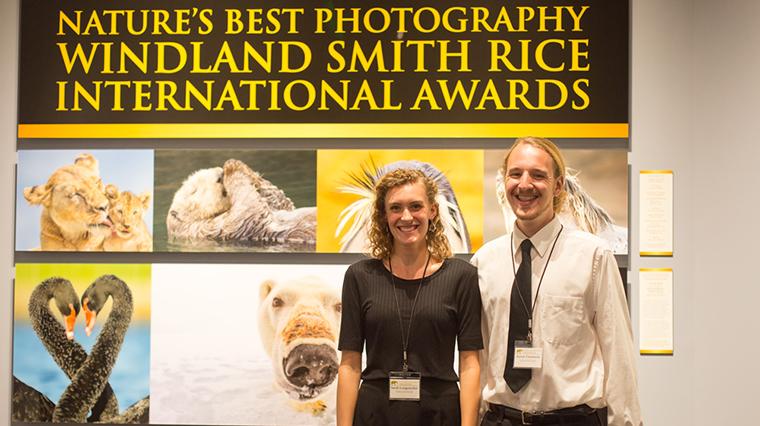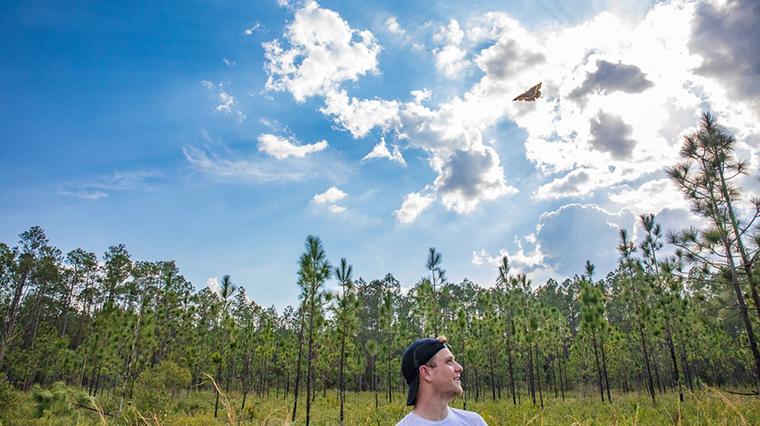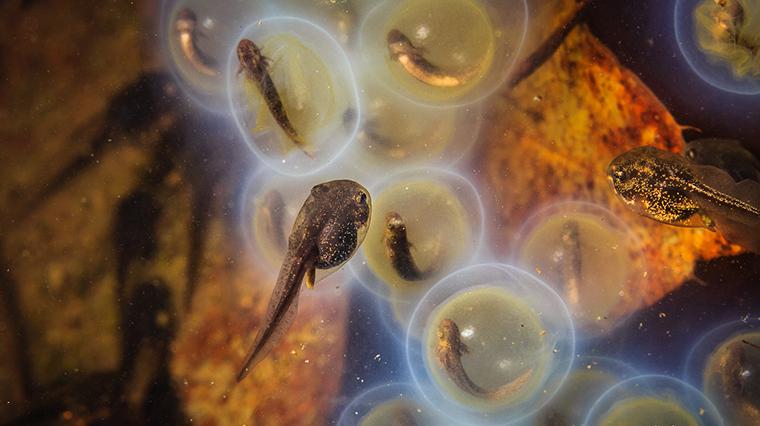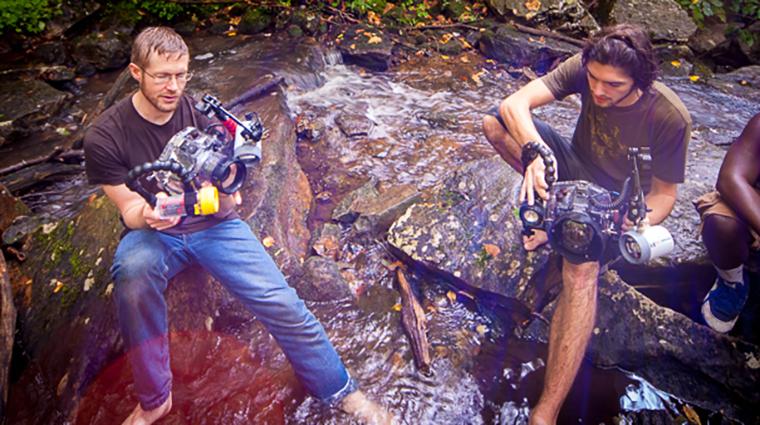Conservation Photography
Conservation Photography explores the intersection of photography and environmental preservation. Topics include aesthetic responses to the natural world, visual documentation of ecosystems, conservation advocacy and the relationship between human communities and the natural world. Partnering with local environmental organizations and EMU environmental science classes, students explore regional environmental issues through photography.
EMU Conservation Photography students received prestigious North American Nature Photography Association college scholarships to attend the NANPA Summits in 2015 and 2017. While there, they were mentored by some of the best nature photographers in the world, and they contributed to a collaborative video production about a regional conservation issue.
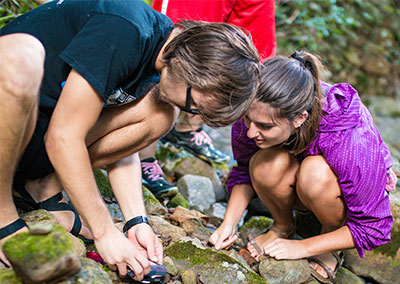
EMU is located in the Shenandoah Valley of Virginia. Nestled between the Blue Ridge Mountains and the Allegheny Mountains, this region hosts a wealth of flora and fauna. The amphibian population is particularly diverse with several salamander species (such as the Cow Knob Salamander and the Shenandoah Salamander) found only in this area.
Techniques
Underwater Photography: Using a Digital SLR in an underwater housing, students will have the opportunity to explore the aquatic life of the Shenandoah River watershed.
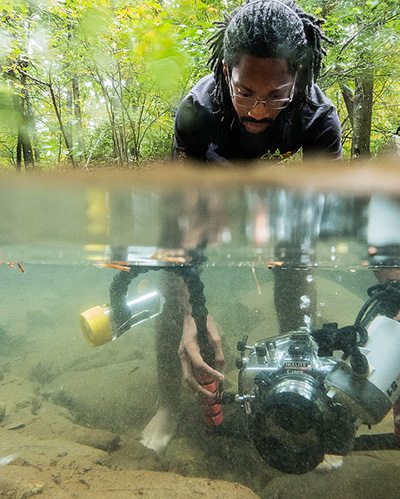
Macro Photography: Using 1:1 macro lenses and flashes, students will explore the richly textured world of insects and amphibians.
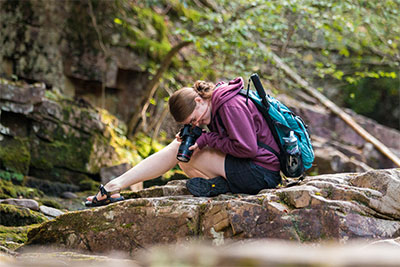
Telephoto Photography: Using telephoto lens, students will have the opportunity to document birds and mammals that are difficult to approach.
Other Topics of discussion:
Camera Traps: An automated camera trap allows for extended field research using HD video or still images. A special infrared night mode creates opportunities to observe nocturnal species.



